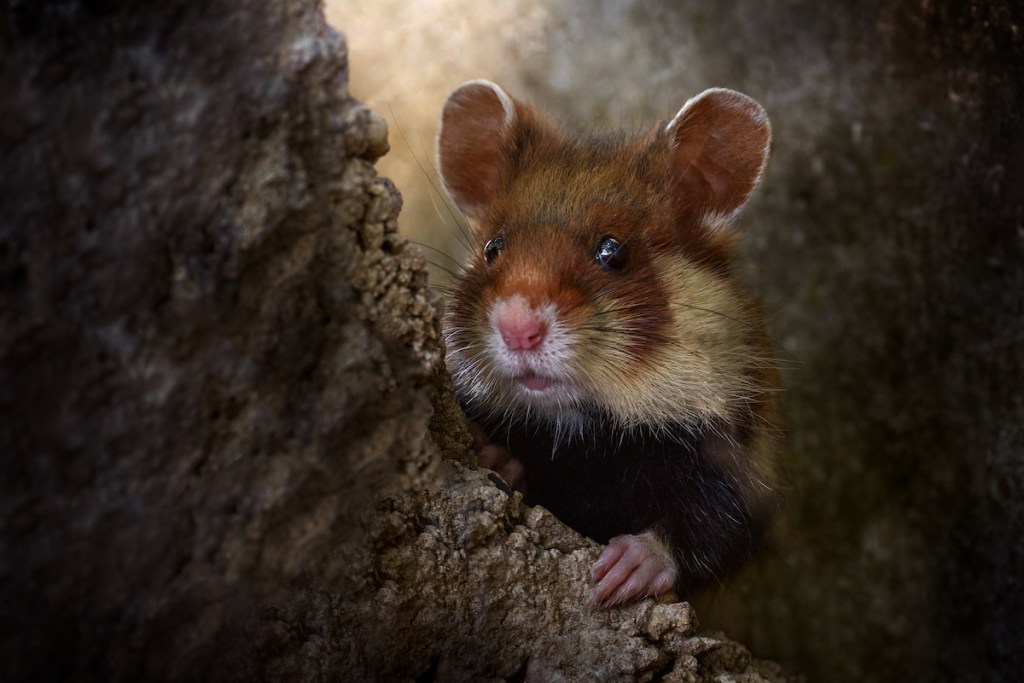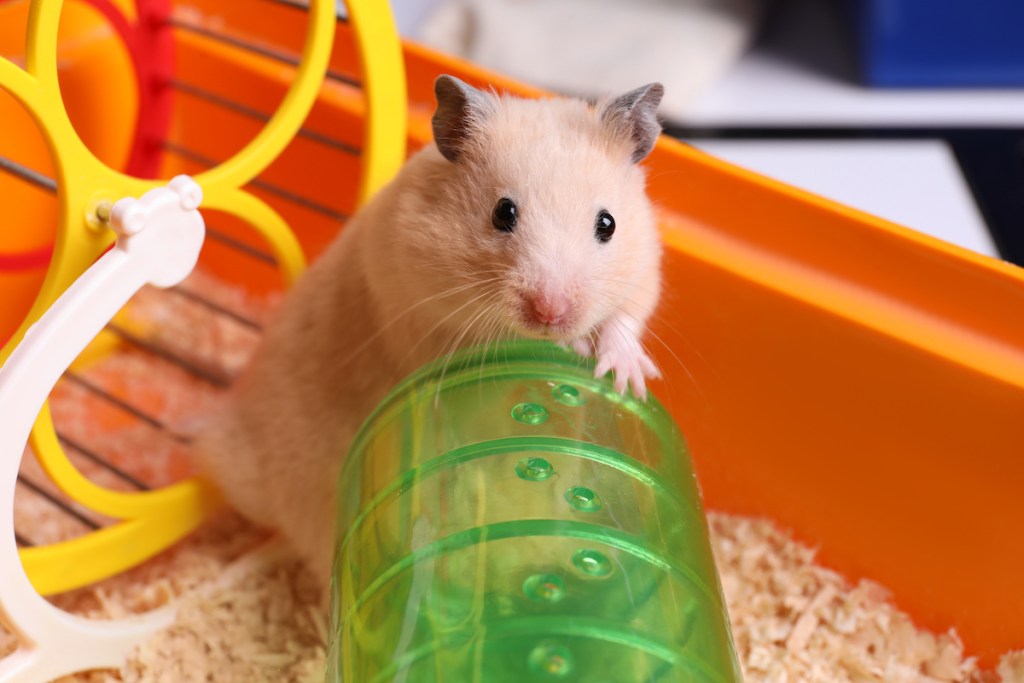We all enjoy watching our animals, especially when they’re clearly having a good time. For hamster owners, there’s nothing cuter than observing your furry little friend’s tubing behavior as your hamster crawls, climbs, and scurries through an enclosure. But as sweet as it is, you want to give your little fur baby a variety of activities to participate in to keep her occupied. Every pet is different, and we’ve heard of a hamster or two in our day who eschewed all normal ventures like tubing and wheels, but we bet yours will love having a full array of accessories at her disposal.

Why do hamsters like tubes?
Syrian hamsters have been kept as pets for nearly 100 years now, though they were originally captured by humans for use as lab animals. However, while the creature you pick up from the pet store has many generations of taming in her stock, she still retains a bit of her wild nature. In their natural habitat, these animals spend much of their lives in burrows. That’s where they eat, nest, mate, hide, and store food. In addition to serving as a home, this underground series of caverns also protects them from predators, not to mention the elements. Therefore, it should come as no surprise that your pet loves tubing to mimic those tunnels. It helps her feel safe and keeps her mind occupied as she explores the labyrinth of hidey holes.
How do you manage a hamster’s nesting instinct?
As mentioned, hamsters both store food and keep their babies in large holes built like an underground city. You’ll almost certainly find extra food lying around at some point as a rodent owner, and inside the hamster tube will be a prime location for your critter to keep those snacks. Even though you know he’ll have plenty to eat year-round, his ancestral pull to keep food is too strong, regardless of how often you feed him (don’t take it personally). Some hamsters will go so far as to build a nest or two using available materials. While it could mean female hamsters are pregnant, plenty of hamsters do this just because it makes them feel safe and prepared. Every week or so, you’ll need to clean this out as part of your standard scrub down. Your hamster won’t mind, and may even appreciate the remodel and the chance to remake the digs!

Does my hamster need a tube habitat?
There are plenty of options to keep your hammy engaged and exercised, which means a tubing habitat is not strictly necessary. Instead, make sure that your hamster habitat includes plenty of open space, a way to work out, and accessories to keep her mind sharp. Instead of tubing, for example, you could put in a series of ladders and steps for her to run up and down multiple floors. Add swings, balls, and see-saws and you’ll have quite a happy animal — no pipes required. Alternatively, instead of creating an elaborate set of interconnected hamster tubes that protrude from the cage, try to put some of the tubes under the substrate. This more closely aligns with what a hamster would experience in the wild and can work very well for some setups.
Tube habitat or hamster wheel?
Well, the truth is both will work really well, though how well somewhat depends on the individual hamster. Some hamsters will have a preference for one method of play over the other, but most will gladly use either one, and likely even both. Like the tubing, the hamster wheel gives your little guy a way to live out his days in a cage while still capturing his rugged ancestral character. After all, his wild cousins run for miles every single day looking for food, but you bring him meals on a silver platter (or a dish, at least). He has to get that energy out somehow, which is where the beloved hamster wheel comes into play. This handy contraption allows him to get in all the steps he needs while never leaving the comfort of home.
So to sum up, hamsters love tubes because they remind them of home, they feel safe, and they’re great storage areas for the food that has to come out of their cheeks at some point. Even though they like the feeling of being snug, you need to ensure the tubes are big enough for your specific animal. Additionally, keeping them clean can be a bit of a challenge, so be prepared to take them apart every so often for a good wash. That gives you a chance to reconfigure the tubes and allows both you and your hammy to try out a new landscape.
Editors' Recommendations
- A simple guide to what to feed tadpoles in your aquarium
- Is my rabbit pregnant? 5 telltale signs you should know
- What you need to know about sugar gliders before you get an exotic pet
- Bunny care 101: If Easter inspires you to adopt a rabbit, read this first
- Looking to add corydoras to your aquarium? Here’s what you need to know first




